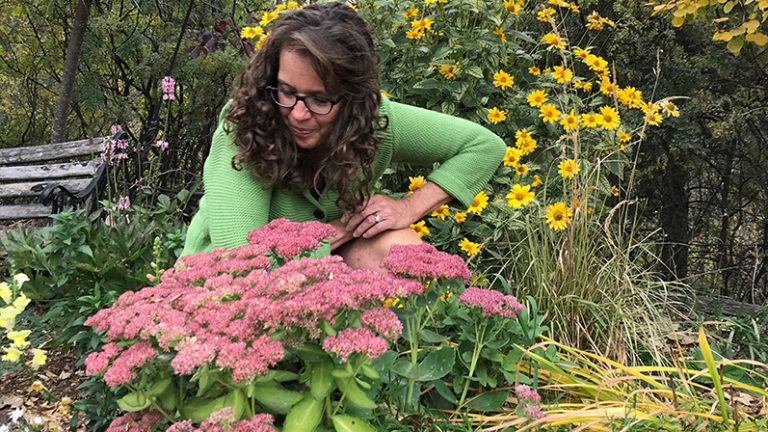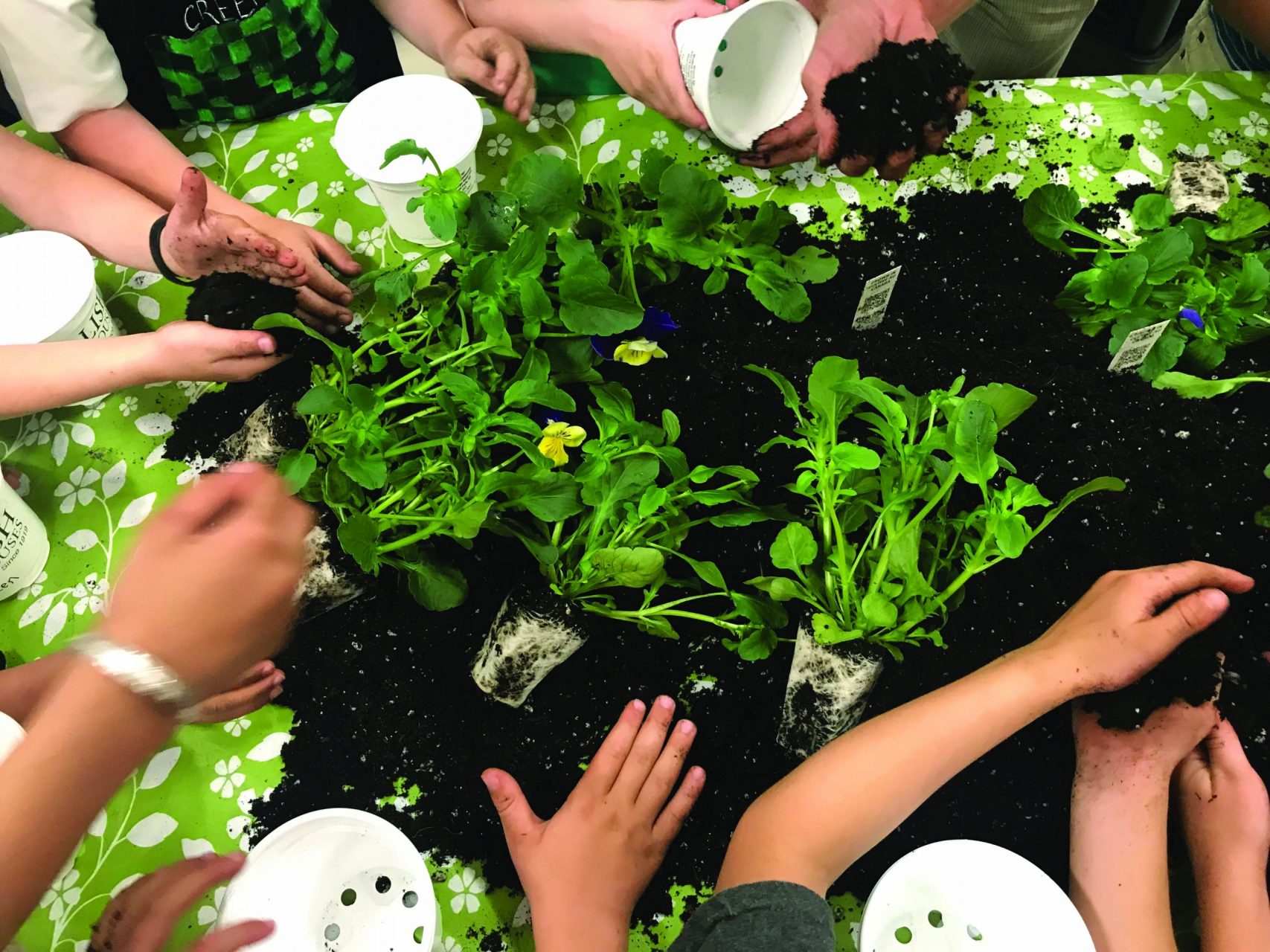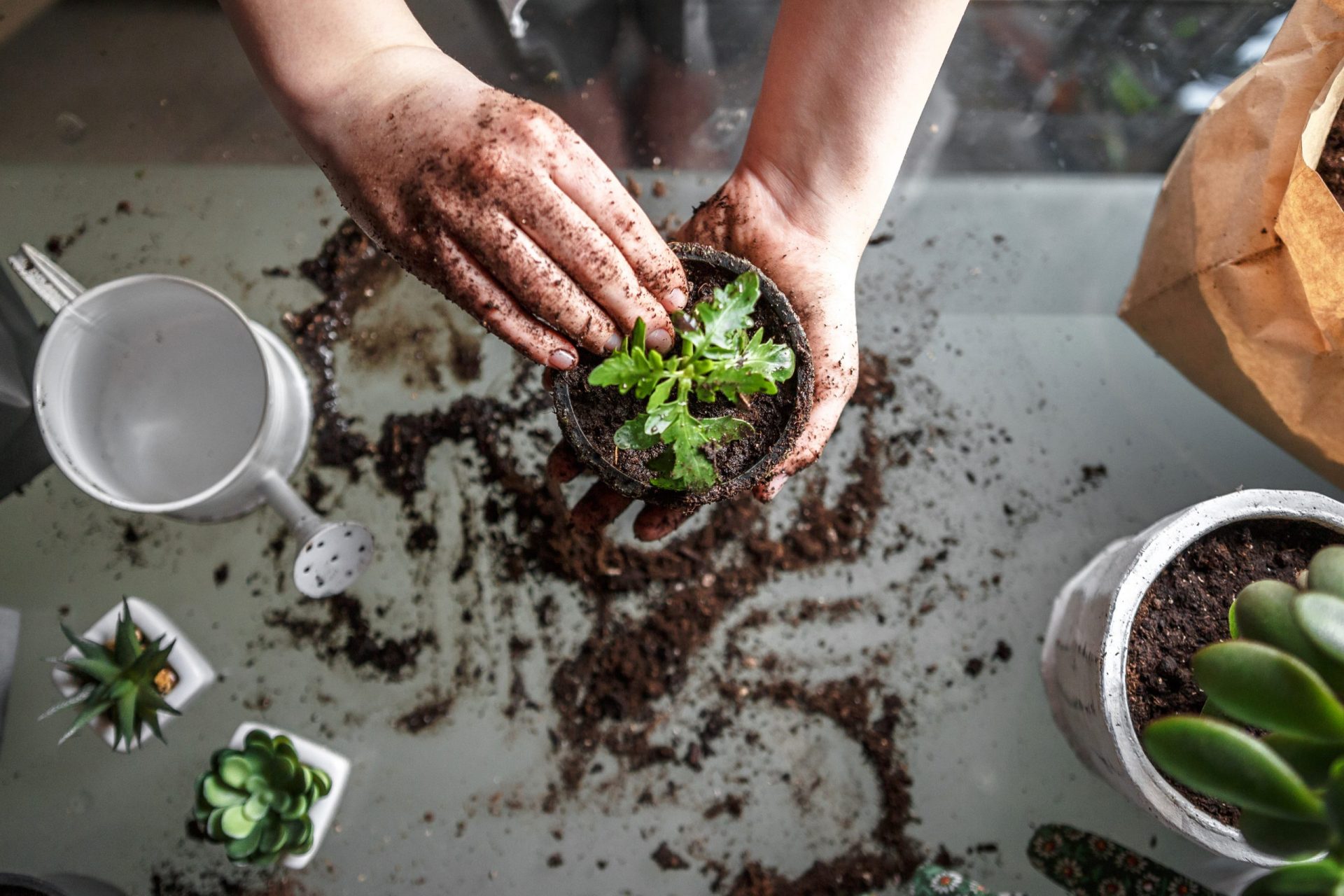Want the inside scoop on more gardening tips?
Subscribe here to Sharon's Newsletter
Let’s Dig Deep into Gardening
Quick links to some great gardening information
Meet Sharon!
Hi! I am Sharon Wallish Murphy. I grew up in my family’s greenhouse at the heels of my father, Charlie, who mentored and helped me to develop my passion – sharing the love of growing. After 20 years of having my own greenhouse, I can say that my mission is to empower others to find joy in their gardening journey and together we can make a more beautiful and life giving world.
FEATURED

How to Get Rid of Fruit Flies
Fruit flies are pesky any time of the the year, but they are particularly active (and annoying) in late summer and early fall because of the abundance of fresh garden produce. If you have fruit flies in your home, read this blog for some tips on how to get rid of fruit flies! Let’s talk about the life cycle of fruit flies; and then I’ll share some tips on how to reduce common breeding grounds and my go-to method to eliminate them when they get too prolific. The Life Cycle of Fruit Flies Fruit flies are tiny, 2-winged flies that measure about 3 mm (1/8”) long. Their front end is usually brown, their back end is black, and they have reddish eyes. Fruit flies reproduce rapidly for 2 reasons: Fruit flies are particularly fond of starchy, sweet fruits and vegetables like tomatoes, squash, bananas, potatoes, and onions, which are typically stored unrefrigerated. Fruit flies lay their eggs in the top layers of very ripe or rotting fruit. They also lay eggs in water drains, garbage bins, garburators, mops, and moist rags with rotting organic substances contained in them. Fruit flies make their way indoors several ways, as they hitch a ride to the kitchen on produce, fly in through open doors, or squeeze through small cracks in window screens or seals. How Dangerous are Fruit Flies? For the most part, fruit flies are harmless kitchen pests, but they can carry detrimental bacteria and other pathological organisms which they may leave

How to Get Rid of Fruit Flies
Fruit flies are pesky any time of the the year, but they are particularly active (and annoying) in late summer and early fall because of the abundance of fresh garden produce. If you have fruit flies in your home, read this blog for some tips on how to get rid of fruit flies! Let’s talk about the life cycle of fruit flies; and then I’ll share some tips on how to reduce common breeding grounds and my go-to method to eliminate them when they get too prolific. The Life Cycle of Fruit Flies Fruit flies are tiny, 2-winged flies that measure about 3 mm (1/8”) long. Their front end is usually brown, their back end is black, and they have reddish eyes. Fruit flies reproduce rapidly for 2 reasons: Fruit flies are particularly fond of starchy, sweet fruits and vegetables like tomatoes, squash, bananas, potatoes, and onions, which are typically stored unrefrigerated. Fruit flies lay their eggs in the top layers of very ripe or rotting fruit. They also lay eggs in water drains, garbage bins, garburators, mops, and moist rags with rotting organic substances contained in them. Fruit flies make their way indoors several ways, as they hitch a ride to the kitchen on produce, fly in through open doors, or squeeze through small cracks in window screens or seals. How Dangerous are Fruit Flies? For the most part, fruit flies are harmless kitchen pests, but they can carry detrimental bacteria and other pathological organisms which they may leave
Growing Food
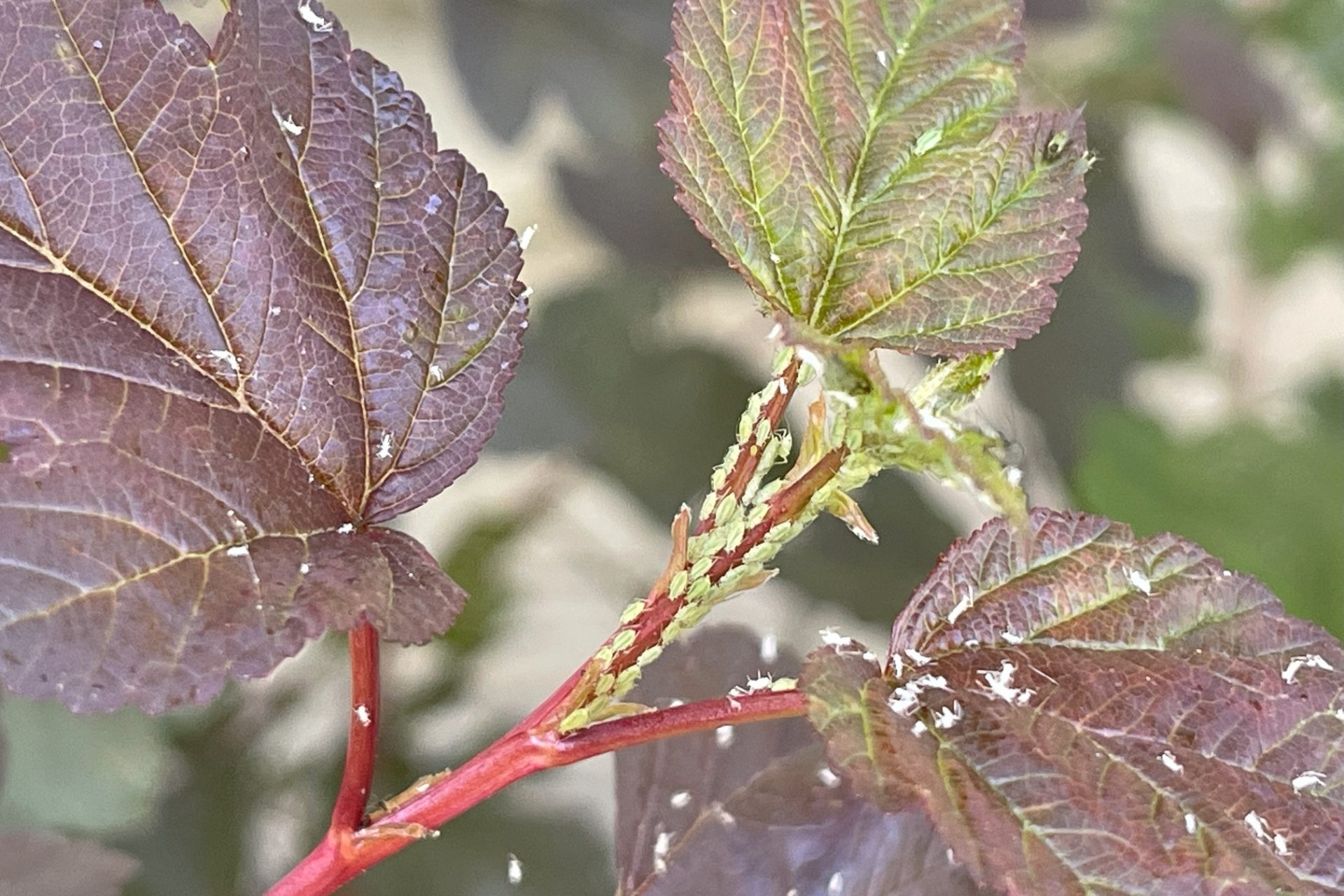
How to Get Rid of Aphids in Your Garden
Aphids and summer go hand in hand, and they can be particularly bad when a wet spring is followed up by a hot, dry summer.

How to Harvest and Cure Garlic
Garlic has become a trending staple for many home gardeners because of its simplicity to cultivate, its health benefits, and its role as a natural
How to Water Your Garden During Wet Weather
Each growing season has its own personality, some can be really wet, and managing garden watering can be a little tricky when the rain lasts
Growing Annuals

How to Get Rid of Aphids in Your Garden
Aphids and summer go hand in hand, and they can be particularly bad when a wet spring is followed up by a hot, dry summer.
How to Water Your Garden During Wet Weather
Each growing season has its own personality, some can be really wet, and managing garden watering can be a little tricky when the rain lasts
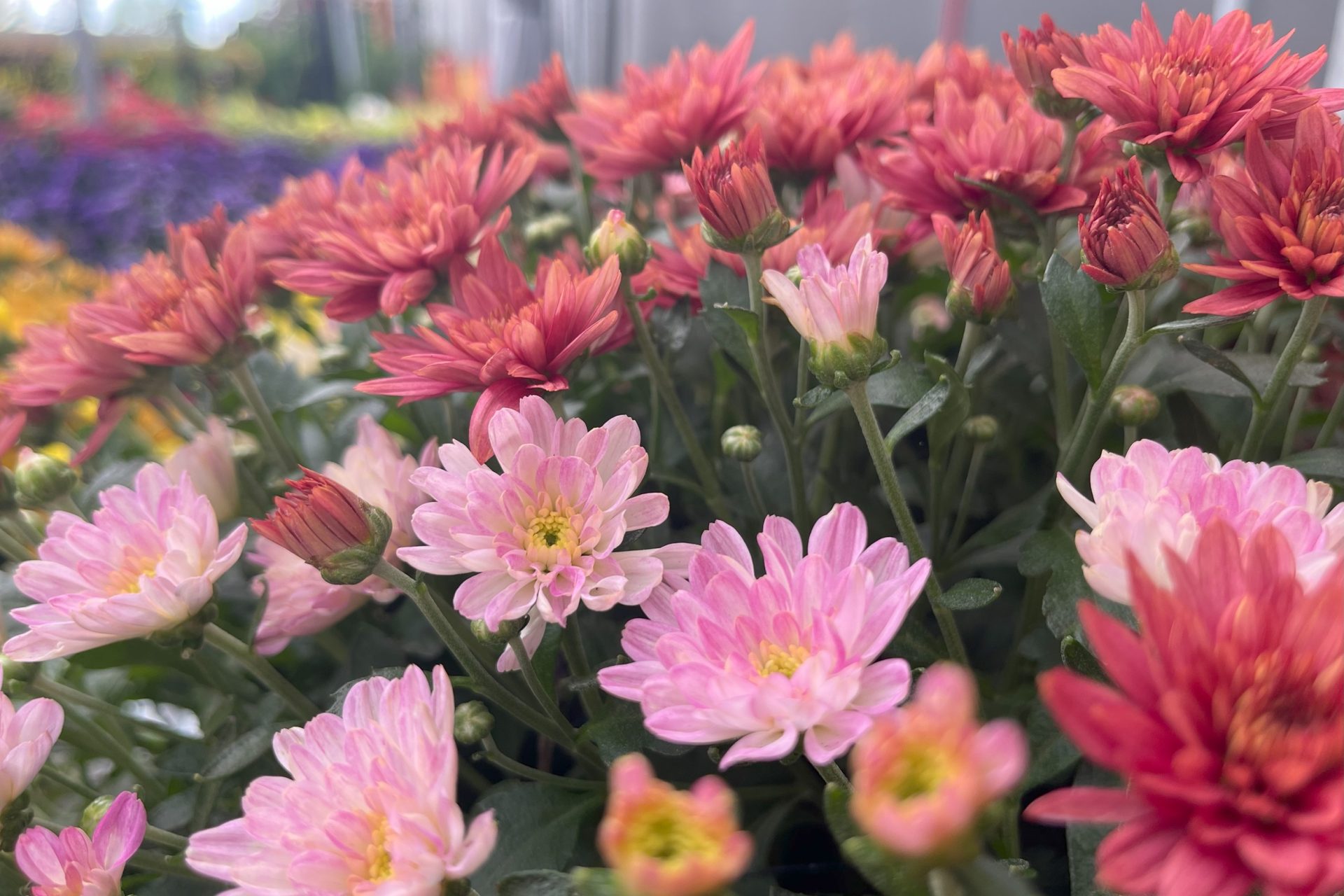
Fall Mums 101: Your Complete Guide to Selecting and Caring for Fall Chrysanthemums
Chrysanthemums are the superstars of the fall season here on the Canadian prairies. As autumn leaves turn and the air cools, there’s no better way
Container Gardening

How to Get Rid of Aphids in Your Garden
Aphids and summer go hand in hand, and they can be particularly bad when a wet spring is followed up by a hot, dry summer.
How to Water Your Garden During Wet Weather
Each growing season has its own personality, some can be really wet, and managing garden watering can be a little tricky when the rain lasts

10+ Bell-Shaped Perennial Flowers to Add to Your Garden
If you’re looking to add elegance and sophistication to your garden, bell-shaped flowers are a perfect choice. Adding different shapes to your garden can also

How to Get Rid of Aphids in Your Garden
Aphids and summer go hand in hand, and they can be particularly bad when a wet spring is followed up by a hot, dry summer.
How to Water Your Garden During Wet Weather
Each growing season has its own personality, some can be really wet, and managing garden watering can be a little tricky when the rain lasts

Fall Mums 101: Your Complete Guide to Selecting and Caring for Fall Chrysanthemums
Chrysanthemums are the superstars of the fall season here on the Canadian prairies. As autumn leaves turn and the air cools, there’s no better way
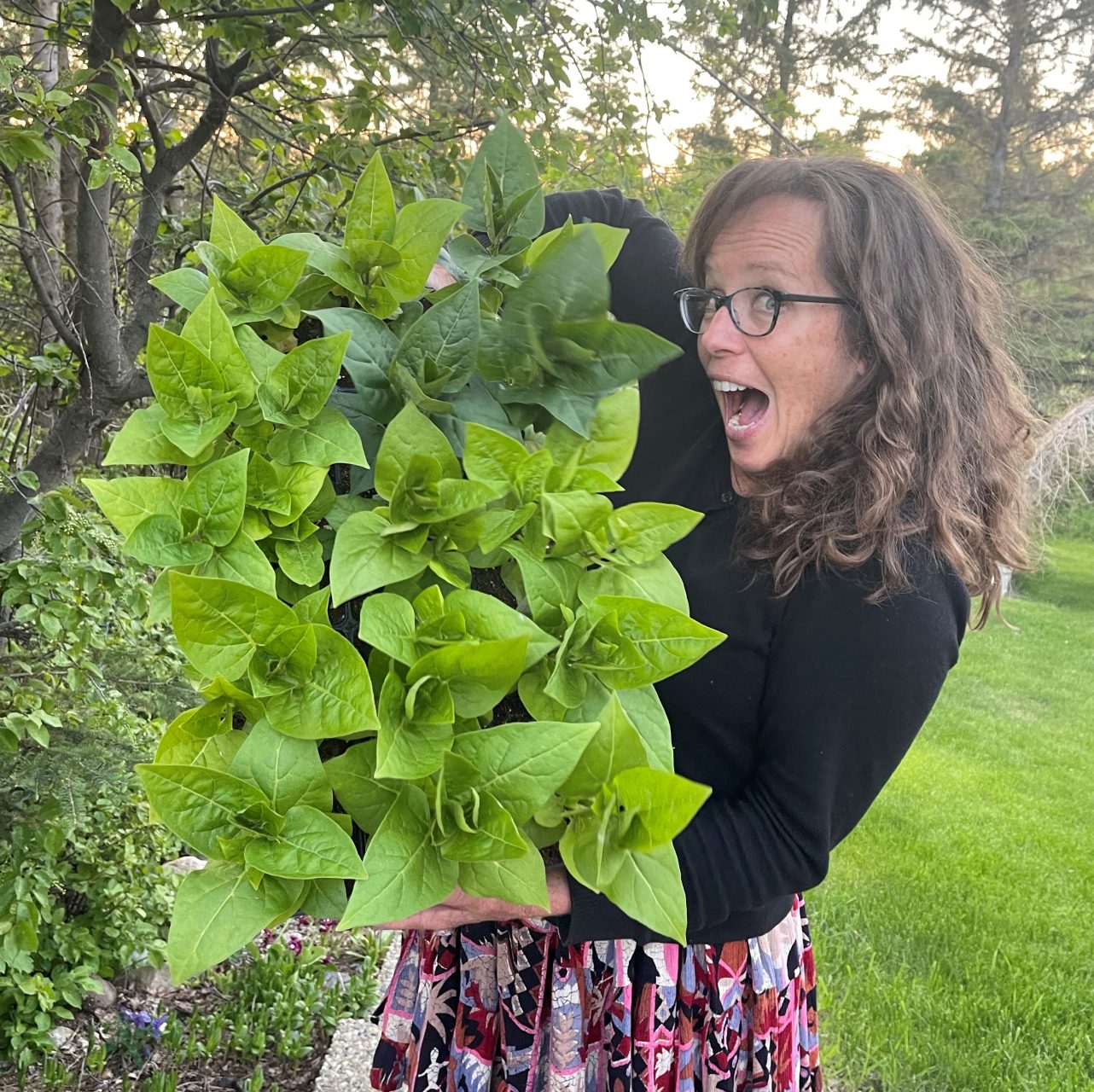

Meet Sharon
Sharon Wallish Murphy grew up in her family’s greenhouse at the heels of her father, Charlie, who mentored and helped her develop her passion – to share the love of growing. After 20 years of having her own greenhouse, her desire is to empower others to find joy in their gardening journey and together we can make a more beautiful and life giving world.
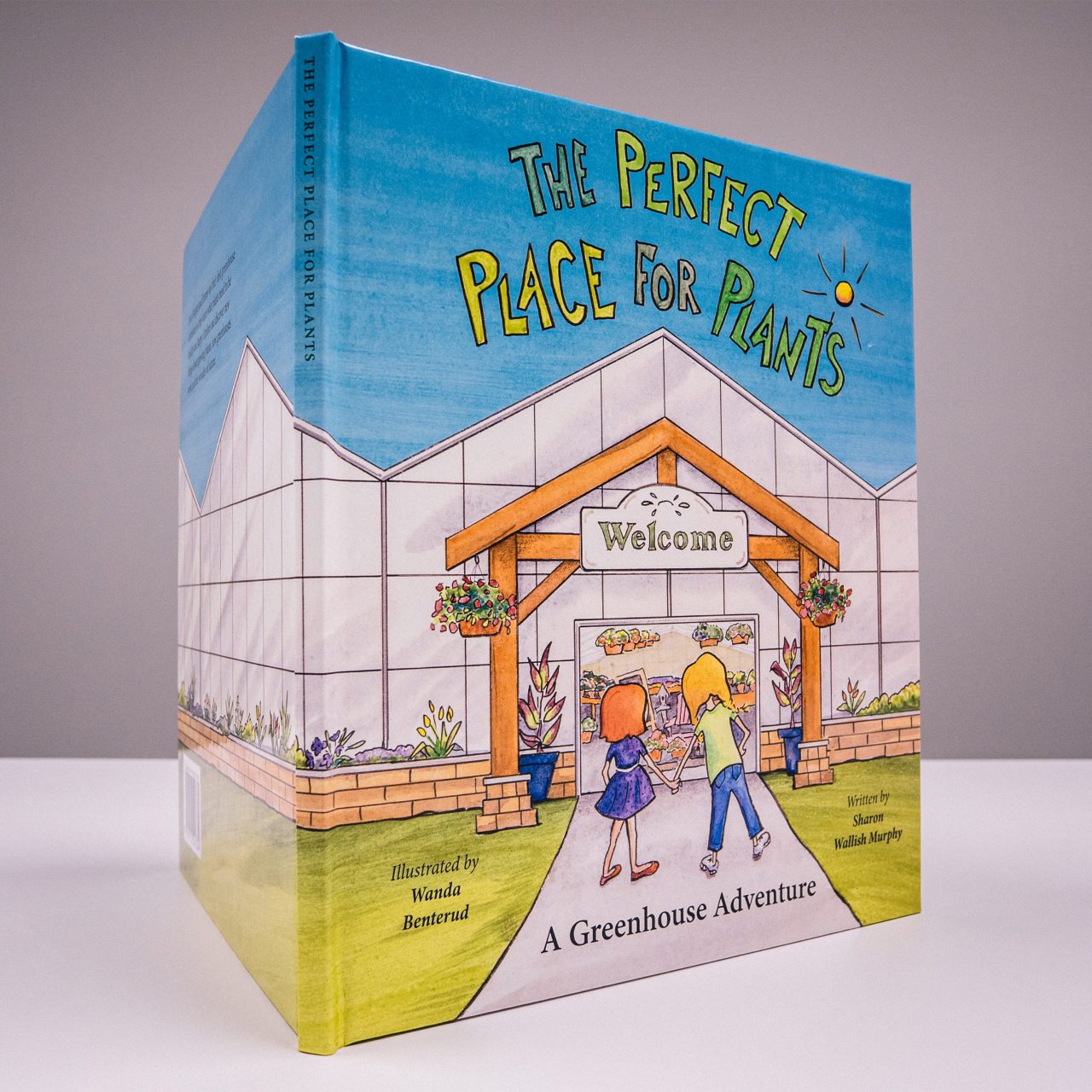
The Perfect Place For Plants
Children's Book
In 2019, Sharon pulled out her pen and wrote The Perfect Place for Plants.


